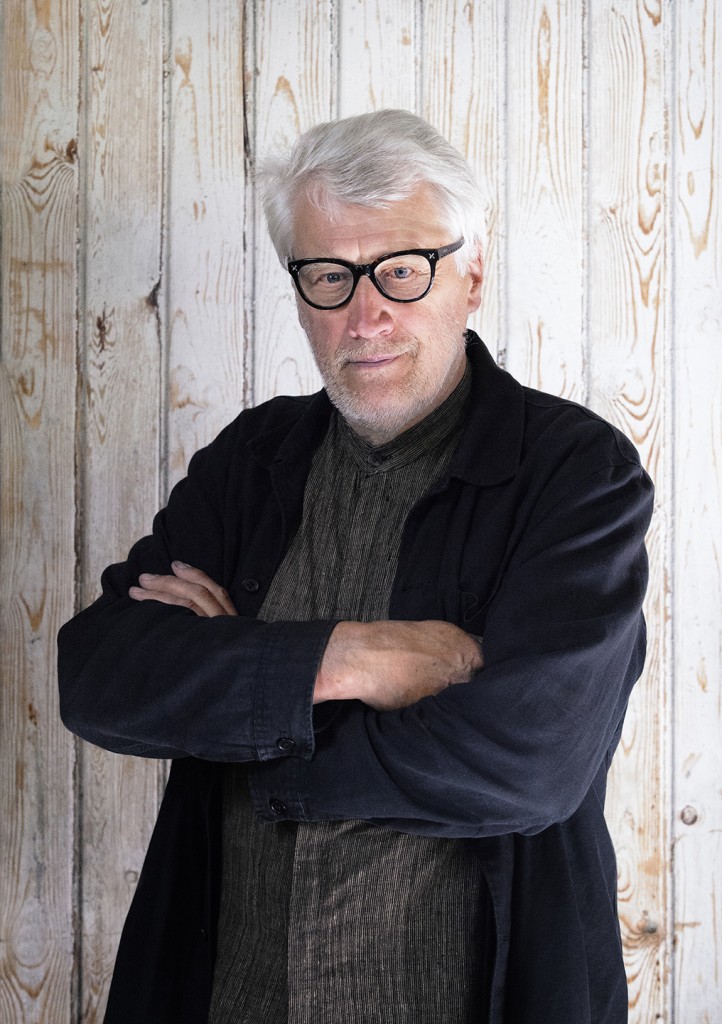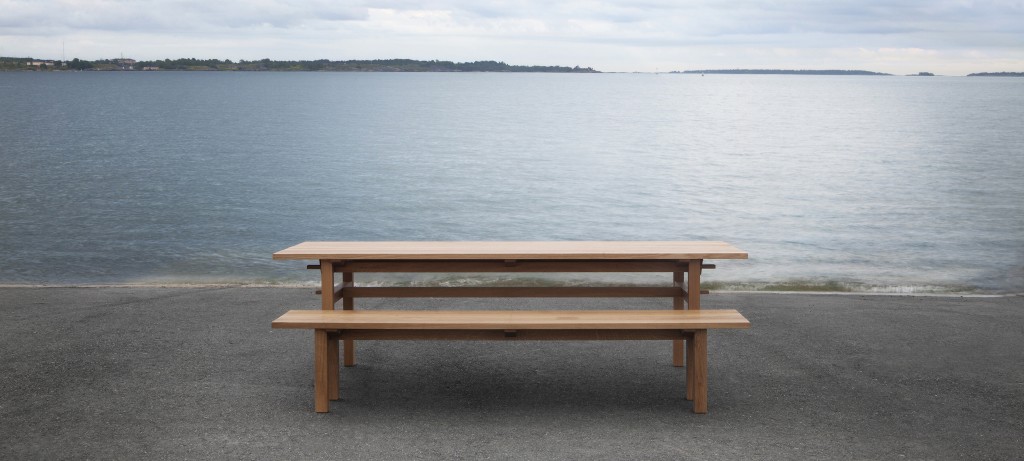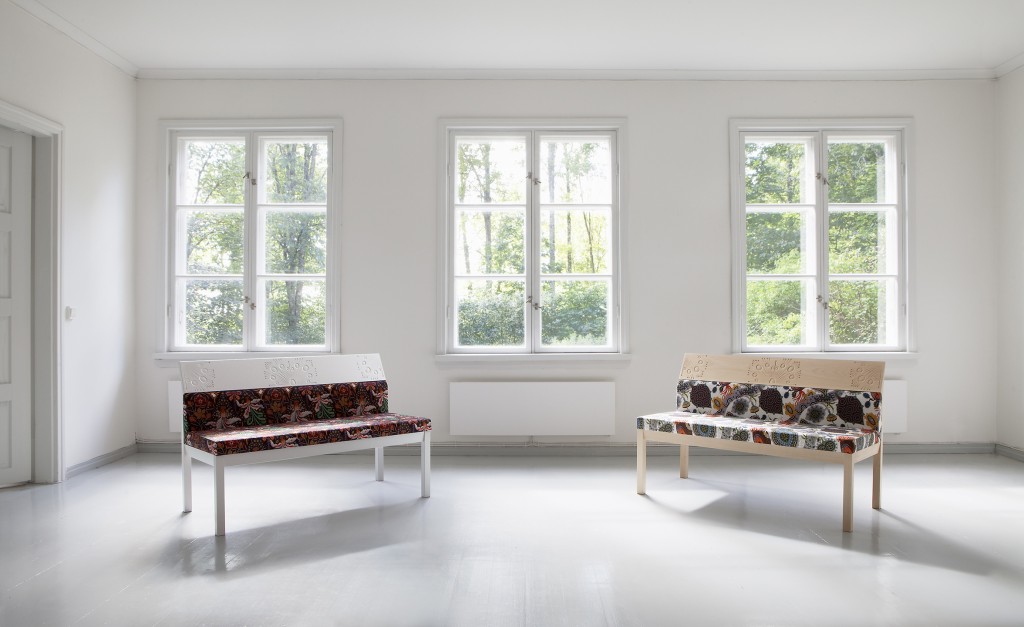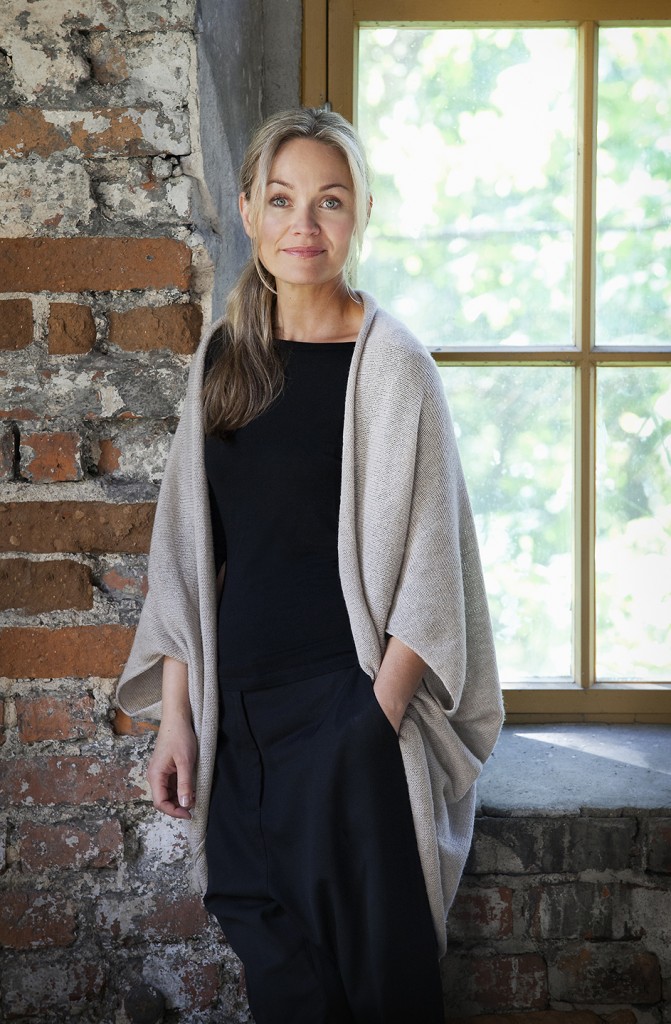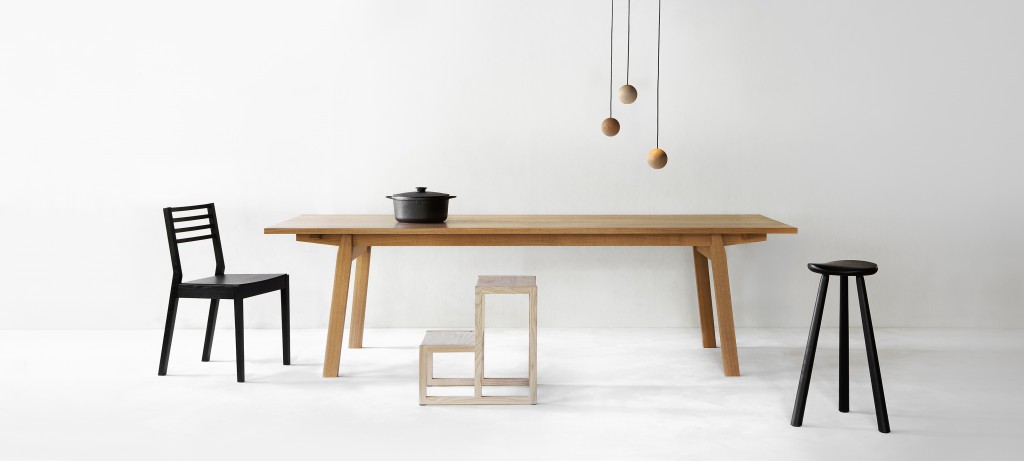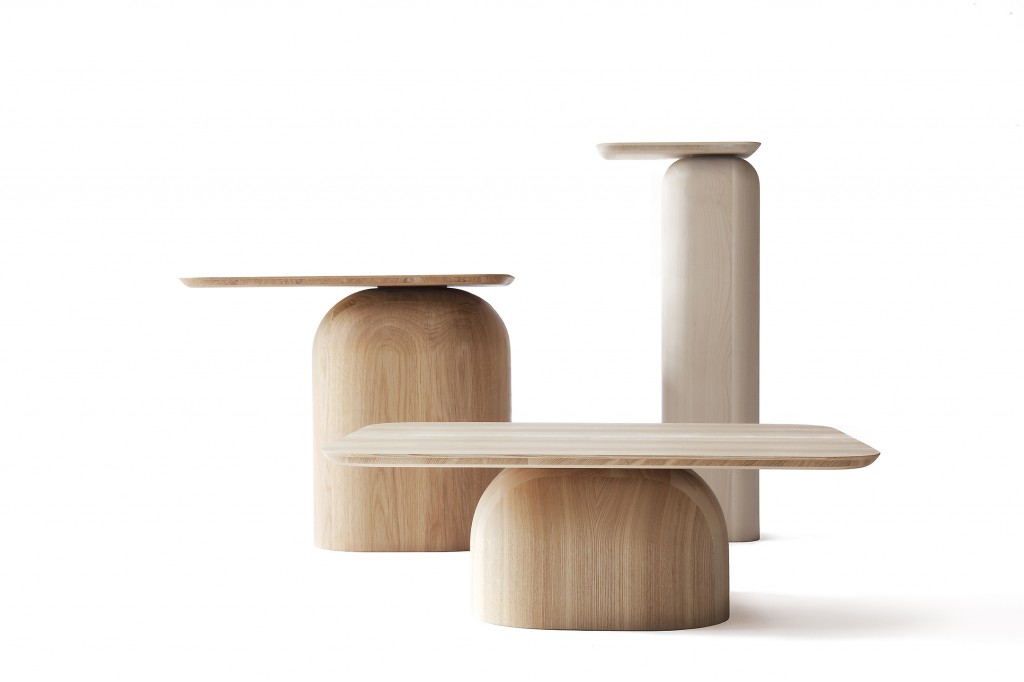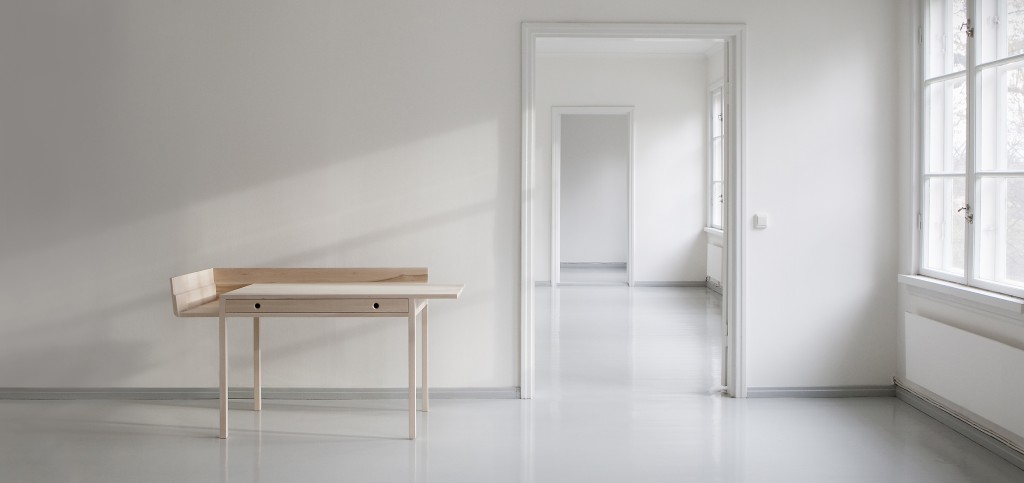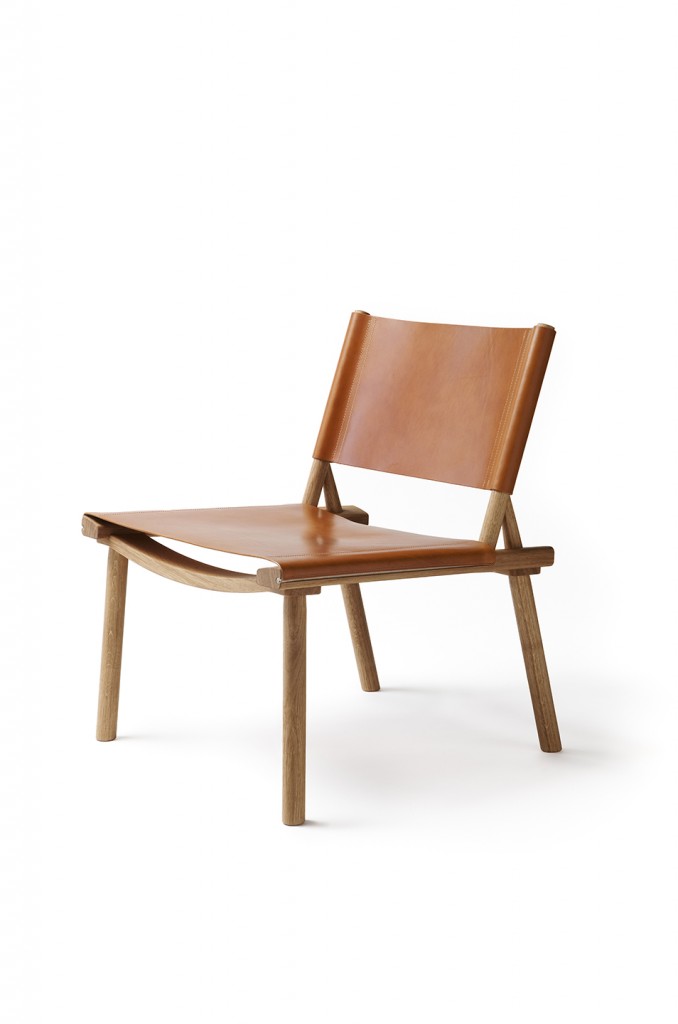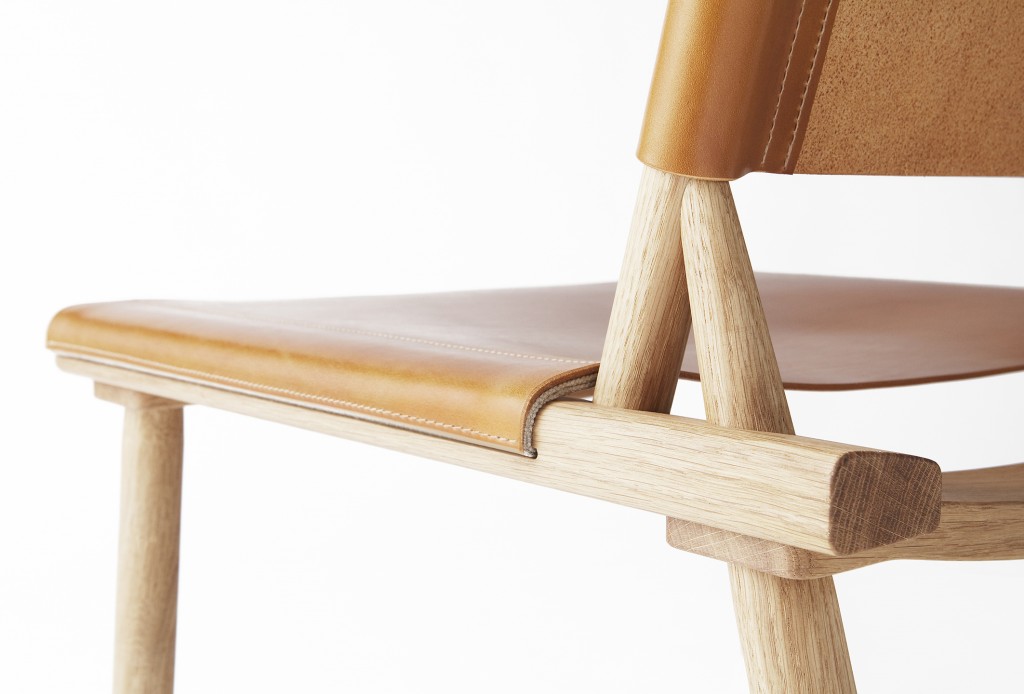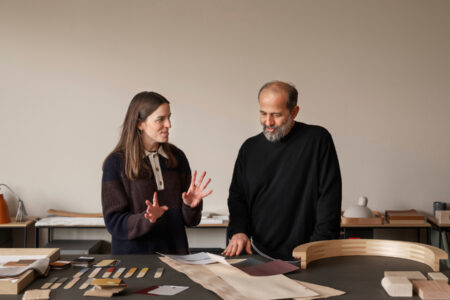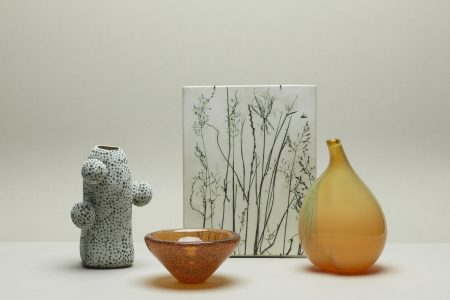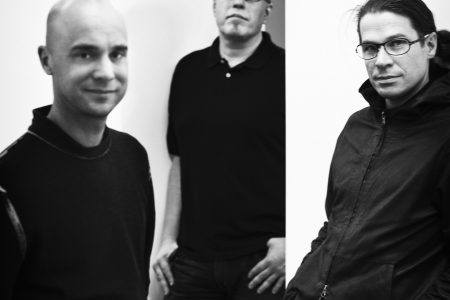Nikari: Translations to Contemporary
Finnish furniture company Nikari has its roots in fine carpentry, natural varnishes and local wood, and its future in collaborations with designers such as Jasper Morrison and Alfredo Häberli.
For Finnish master carpenter Kari Virtanen, becoming a carpenter was a small boy’s dream come true. The boy’s dream grew into establishing a carpenter’s workshop at the early age of 19, which soon lead to working with established names such as architect Alvar Aalto and designer Kaj Franck, one of the most legendary Finnish designers.
At a time of Virtanen’s retirement, his legacy had grown into a furniture company Nikari, which was on the verge of becoming an international design company. In the recent years, Nikari has collaborated with designers and architects such as Alfredo Häberli, Steven Holl, Jasper Morrison, Martí Guixe, Aamu Song and Johan Olin, Claesson Koivisto Rune and Nao Tamura.
“I think I made things out of wood for sale even before I went to school,” Virtanen recalls the early times. “At 14, I started to work as an apprentice in a carpenter’s workshop. The training was short, but I also studied classic styles and ornaments at the same time and wanted to know how to use them in the work.”
Even though Virtanen never had formal design education, he designed several of the Nikari furniture still in the collection.
“I’ve had many good teachers along the way. In the beginning, I had a chance to work for architect Alvar Aalto for seven years, and some later for designer Kaj Franck. It wasn’t really something I knew to appreciate too much at the time – Alvar, for instance, was also much critiqued in the 1960’s and 1970’s, but if you were young and talented, Aalto’s office provided work and opportunities.”
“In the first place, almost all of our products were designed for a customer. I’ve done product development my whole life, so it’s possible to come up with a new model quickly,” Virtanen states. “For instance, Seminar KVT1 chair was born out of a model of a basic chair I did for students when I wanted to show all the components of a basic chair that needs to be taken into consideration when designing a chair. Architect Steven Holl, who was designing Museum of Contemporary Art Kiasma in Helsinki, came to visit our workshop in Fiskars, and asked me to design a chair that hasn’t yet been designed.”
“That order kind of grew out of hand and we soon ended up having 26 employees. That then bred other projects, and we’ve done a lot of furniture for churches, for instance.”
Thinking Anew
In the mid-1970s, Virtanen was feeling increasingly nauseous when working in his carpenter workshop. Working with catalytic lacquers and strong chemicals used to finish wooden furniture for nearly a decade started to take its toll.
“Working should be safe, shouldn’t it?” he thought and began researching traditional, ecological finishings, such as Danish and Japanese soaps, oils, oil waxes and finishing techniques, and started to develop his own finishings that would be safe for both the carpenter and user. He then applied them to his furniture as well as to several Alvar Aalto buildings he collaborated in with the master architect during the seven years they worked together. At the time, fellow carpenters laughed at his experiments, but years later, the same carpenters came to Virtanen to ask for receipts of his soap liquids.
“Liquid soap is easy just to wipe onto the surface. It functions as a washing liquid and also creates a beautiful patina. It usually doesn’t trigger allergies, and if there is a stain in a furniture, it’s easy to wipe and maintain just the spot that is needed, not the whole furniture.”
Today, Kari Virtanen has been retired for six years, and Nikari is run by the next generation of designers and carpenters, and lead by CEO Johanna Vuorio. Virtanen still researches and develops varnishes and finishings, and designs and makes products from his own starting point – “dozens a year to choose from,” as he says.
“Functionalism has reached its end, and we need to think what is the furniture of the future,” he ponders. “It begins from technology. In the future, a designer needs to be master technology instead of creating a form and not understanding how to make it. For instance, a production line of chairs could be completely automatic and that should be the starting point of designing a chair. No-one asked Henry Ford if they could have faster horses, but Ford invented a car. Or Steve Jobs stubbornly created mobile phones without anyone asking him a mobile telephone.”
Living Traditions
For Nikari, the future is in international collaborations, but strongly founded on the principles set by the founder decades ago – fine carpentry, locally produced solid wood and organic finishes, and combines it with contemporary design.
The company is located in the idyllic Fiskars village in the oldest machinery workshop in Finland. The traditional workshop functions with water power provided by an ancient, newly-renovated water turbine. As much of the wood used as possible comes from the nearby forests and a sawmill.
“Prior to generational change in 2010, we discussed a lot about the meaning of forests to carpenters with Kari Virtanen and master carpenter Rudi Merz, and how important diversity of the forest is and what is a forest as a source of inspiration,” tells Johanna Vuorio. “They also wished for making the company international. Nikari is strongly in historical continuum of Finnish design and production.”
Nikari collection consists mainly of wooden furniture that is functional and light in appearance, minimalistic and Nordic in aesthetics. Also custom-made, unique furniture is an essential part of the production. Product development, unique pieces and small editions are always made in Fiskars, as well as some products that are challenging to produce.
“For instance, Alfredo Häberli’s April tables are always made in our own workshop as well as most of December chairs by Jasper Morrison and Wataru Kumano,” explains Vuorio.
Nikari also has a licenced carpenter workshop in Japan, working on projects in the country. Japanese master carpenter Tomoshi Nagano worked at Nikari in Fiskars for five years, and took the models and production of Nikari products with him to Kyoto, to his family’s carpenter workshop. In Japan, Nagano has worked on a Nobu restaurant furnished with Nikari furniture, and Takenaka Carpentry Tools Museum in Kobe.
Characteristic to Nikari, his carpentry workshop is small and it applies the same principles than the workshop in Finland: combining traditional production methods to contemporary design, fine carpentry and feeling of wood in the furniture. •
